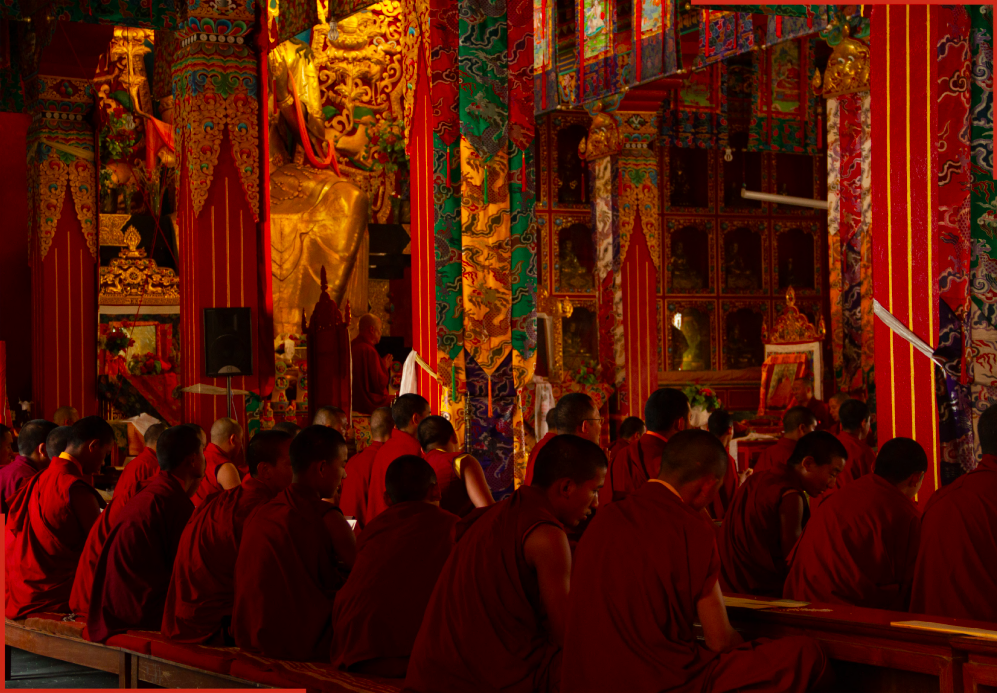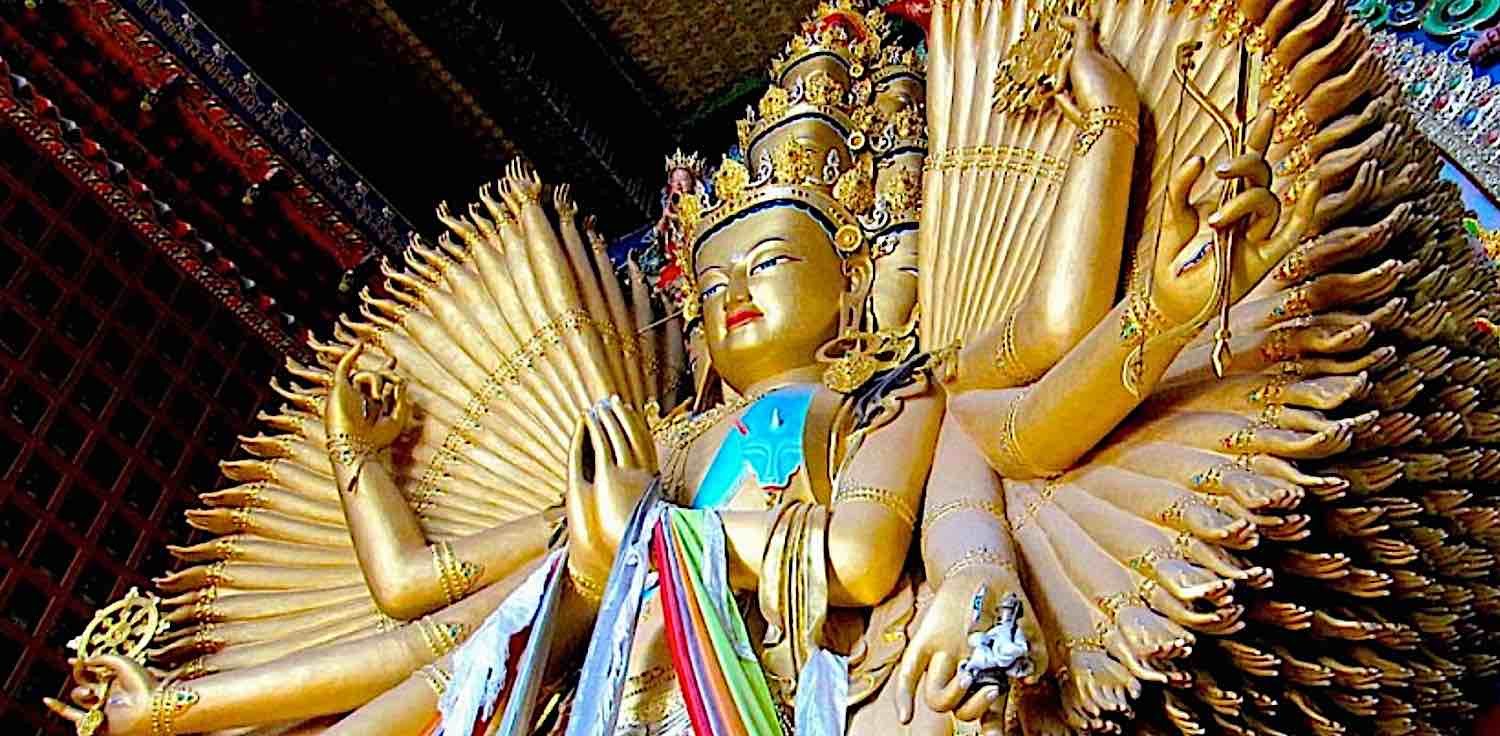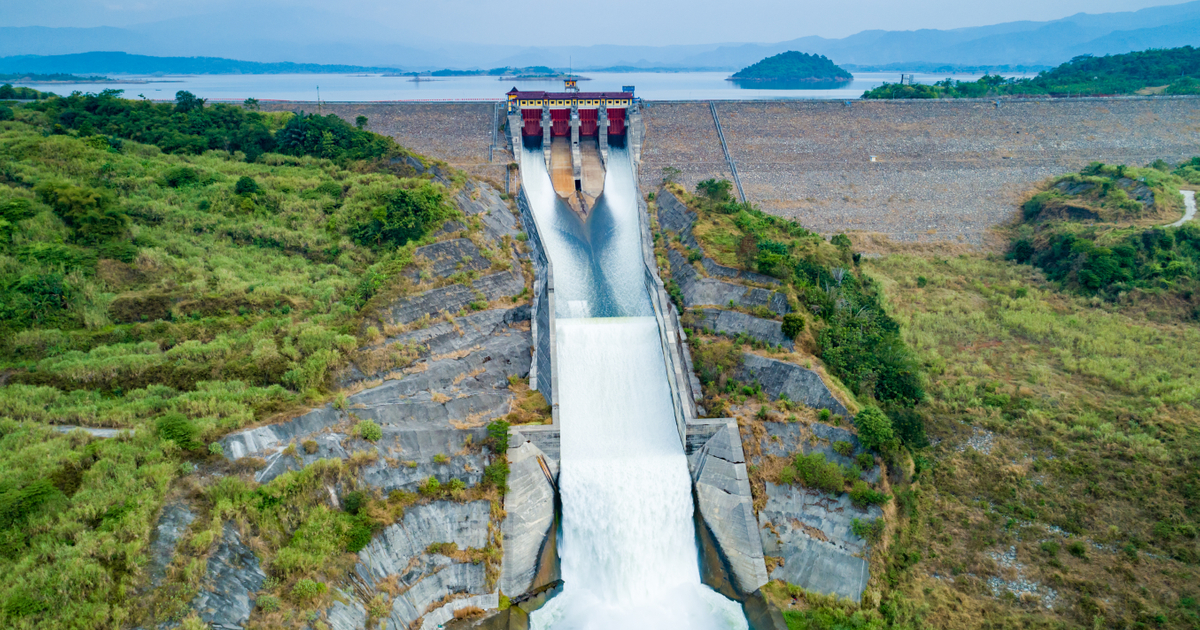Talking ‘Tukdam’ with Documentary Filmmaker Donagh Coleman
Tricycle chats with the director ahead of the film’s screening at the 2024 Buddhist Film Festival The post Talking ‘Tukdam’ with Documentary Filmmaker Donagh Coleman appeared first on Tricycle: The Buddhist Review.

Tricycle chats with the director ahead of the film’s screening at the 2024 Buddhist Film Festival
Tricycle interviews Donagh Coleman Mar 03, 2024 Film still from Tukdam: Between Worlds.
Film still from Tukdam: Between Worlds.Donagh Coleman’s 2023 feature-length documentary, Tukdam: Between Worlds, explores the Tibetan Buddhist practice of death meditation, where recently deceased meditators die in meditative equipoise and are said to dwell in the luminosity of emptiness without showing any of the usual signs of death “such as smell, rigor mortis, or decomposition” for days, or even weeks, after their clinical deaths.
Ahead of its screening at our upcoming 10-Day Buddhist Film Festival, Tricycle spoke with Coleman about the movie’s inception, the valleys between Tibetan Buddhist belief and Western medicine, and the possibility of a sequel.
How did you get interested in tukdam? I’ve been a documentary filmmaker for about twenty years, which allowed me to spend lots of time in Buddhist worlds, like Himalayan India, Tibet, and other places. I’ve been interested in Buddhism for quite a while, and practice in the Tibetan Buddhist Kagyu tradition. If you’re in the Tibetan Buddhist world, you hear about tukdam. So I started researching tukdam for a documentary film project. This also took me into the academic study of the subject and into doing an interdisciplinary PhD in medical anthropology and Buddhist studies at the University of California, Berkeley.
Explain tukdam for viewers not familiar with the phenomenon. Why is it important in Tibetan Buddhism? Tukdam is a meditative way of dying, or even postmortem meditation, that stretches beyond clinical death. Typically, advanced meditation practitioners die in a consciously controlled way. And even though they’re clinically dead, according to modern biomedicine, they might stay sitting upright, and the bodies don’t show the usual signs of death. So they don’t decompose or smell, no rigor mortis, and so forth. From the Tibetan Buddhist point of view, the person is not dead but in deep meditation, and the most subtle consciousness is still present. That’s why they’re showing these extraordinary outward physical signs.
Different schools of Tibetan Buddhism think about tukdam in slightly different ways and lay different kinds of emphasis on its importance. Death is a spiritually powerful moment when the clear light or fundamental nature of mind is revealed. This happens to everybody in death, but a practitioner of tukdam can recognize this clear light mind and stay in that state. If you can stay in that state, it burns away eons of karma or habitual tendencies, and you can achieve liberation, or, at the very least, you can control your next rebirth and come back as a bodhisattva.
What are some of the challenges in researching tukdam through Western science? The basic paradigm and worldview of Western natural sciences investigating tukdam is so different from the Tibetan Buddhist worldview that bringing those two together is really challenging. And that’s what the film is about, actually, on a meta-level. So how I just described tukdam is different from how Western science, at this point, would think about it. Western science sees these unusual external signs, like no decomposition and so forth, as interesting, but as for some kind of subtle consciousness being present, Western science is far from those kinds of ideas. Western science has to work within its paradigm. From a third-person, visibly observable, technologically measurable perspective, what it takes as real differs from the Tibetan tradition, which includes a more first-person perspective in which states of consciousness and meditation will have certain outward signs. There is a huge difference here in worldviews and paradigms—what the mind is, what the body is, how they connect. The views are so different that bringing them together is challenging. And sometimes I don’t even know why we have to do that, which is not to say that the scientific investigation of tukdam is not a worthwhile endeavor.
What do you hope viewers take away from this documentary? Tukdam is such a remarkable phenomenon. It’s surprising more people don’t know about it, but it’s not in the media much. So I’m happy to introduce the phenomenon to those who don’t know. I would also like viewers to take away an appreciation for other forms of knowledge and cultural systems. Everything doesn’t have to be put into a modern Western scientific mode, and we can learn to appreciate such knowledge and traditions. We can both appreciate the amazing work of science and the Tibetan theories and practices around death and dying. Scientific knowledge is also relative and cultural. It’s not an absolute given and has starting points from which it operates, and that leads to certain kinds of results. I’d like people to appreciate these differences, perhaps.
On a meta-meta level, I hope it loosens the viewer’s certainties regarding life and death, how they think about it, or that science has the answer to everything. In general, [I hope it] loosens up our ways of seeing what is real or true.
What is next in your study of tukdam? What still needs further investigation? The science team in the documentary has continued their investigation in interesting and substantial ways. So that is still ongoing. More to come later.
For my PhD dissertation research, I want to deepen my understanding of tukdam in the Tibetan Buddhist context, especially regarding claims about consciousness being present after death, which isn’t evident from a non-Tibetan perspective. I’m also interested in the comparative work and problems of incommensurability, where it’s challenging to bring Western science and Tibetan views together or translate between these knowledge systems. As you see in the documentary, the scientists have been looking for something that might happen in the brain, whereas the Tibetans see consciousness as located more in the heart area. I find these kinds of issues interesting and want to look into them further. I’m also filming a bit more, so who knows, there could be a follow-up at some point.
![]()
Thank you for subscribing to Tricycle! As a nonprofit, we depend on readers like you to keep Buddhist teachings and practices widely available.
This article is only for Subscribers!
Subscribe now to read this article and get immediate access to everything else.
Already a subscriber? Log in.

 Tfoso
Tfoso 































